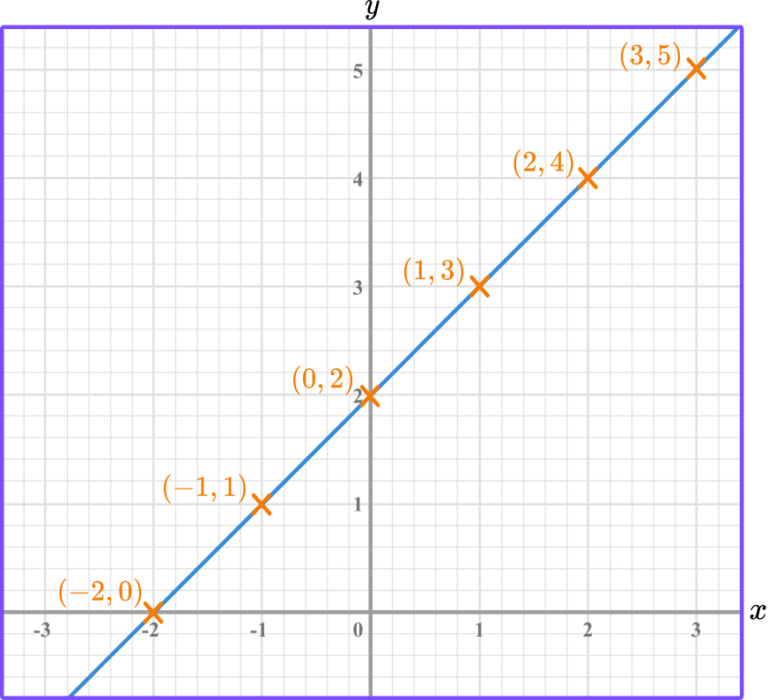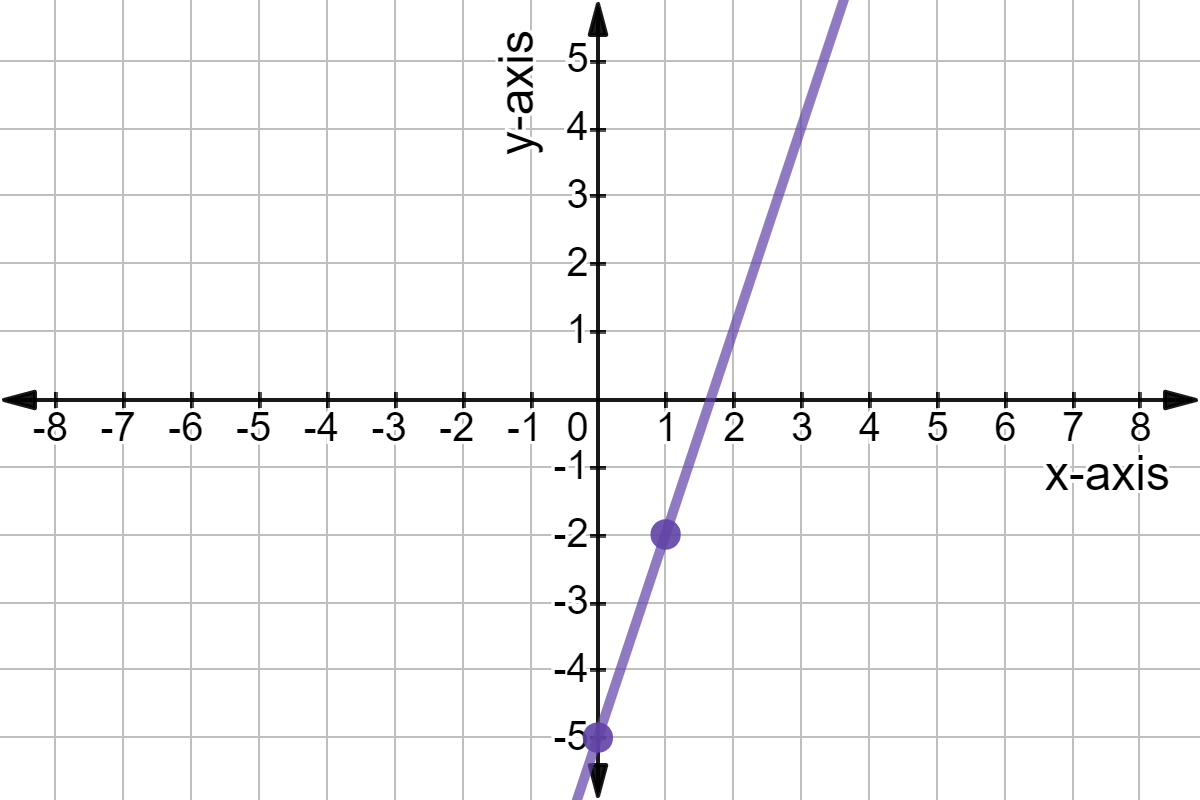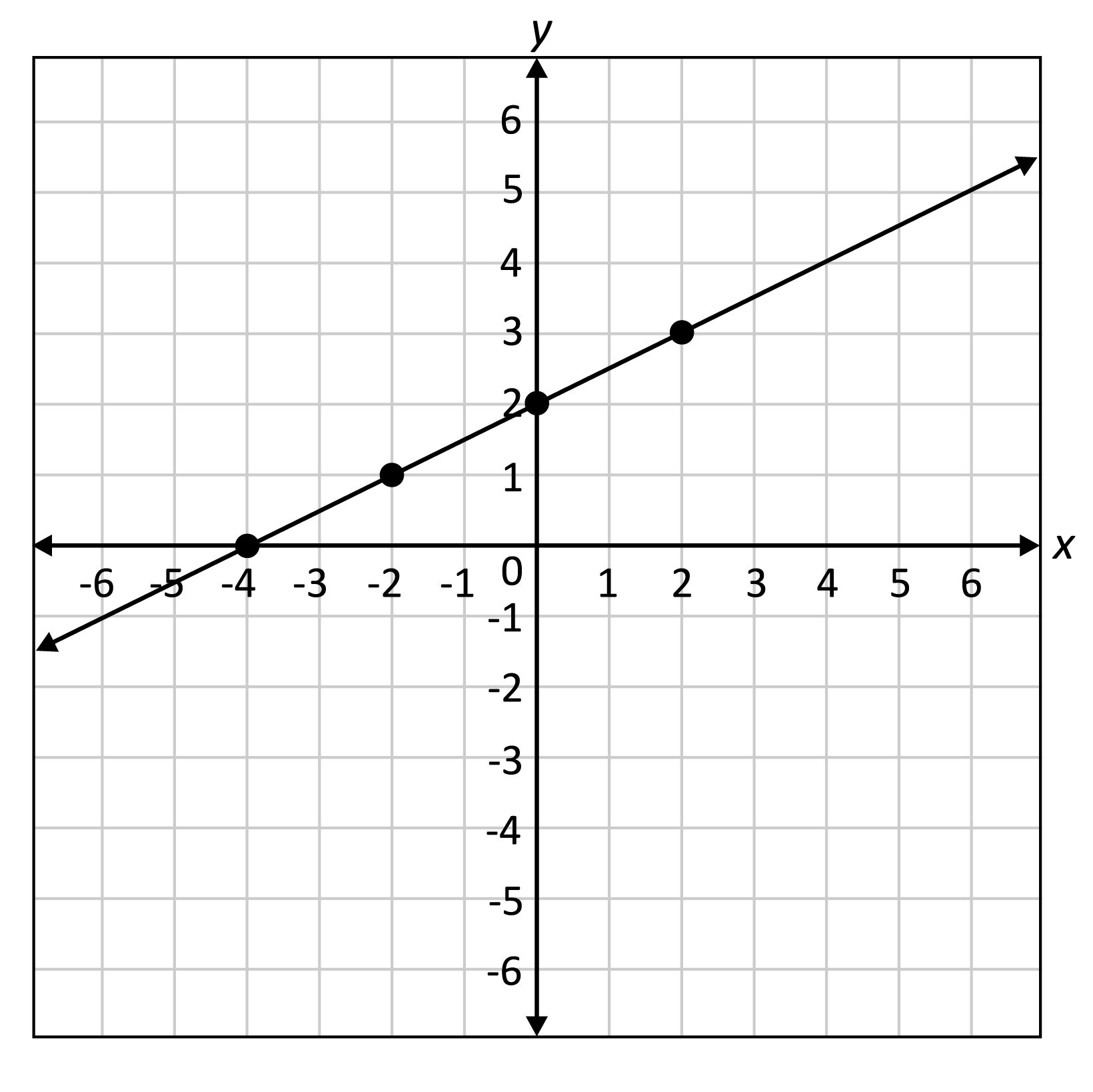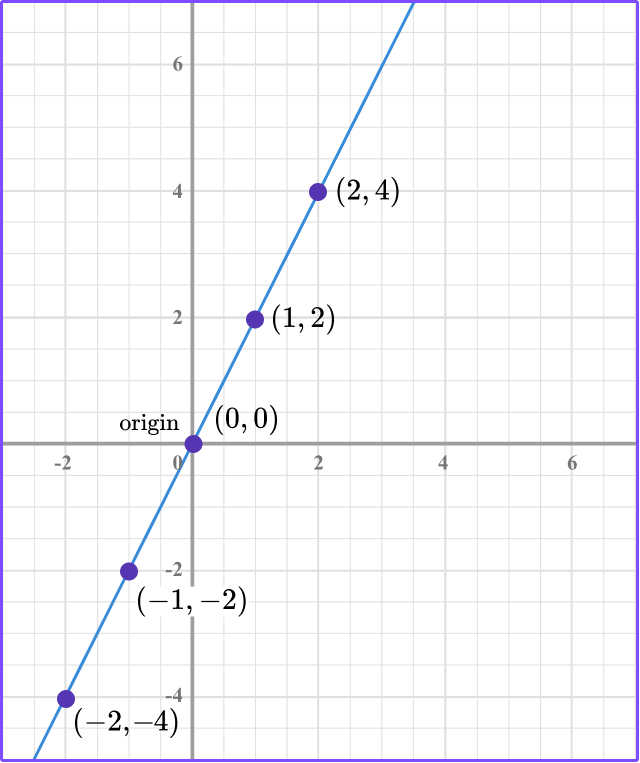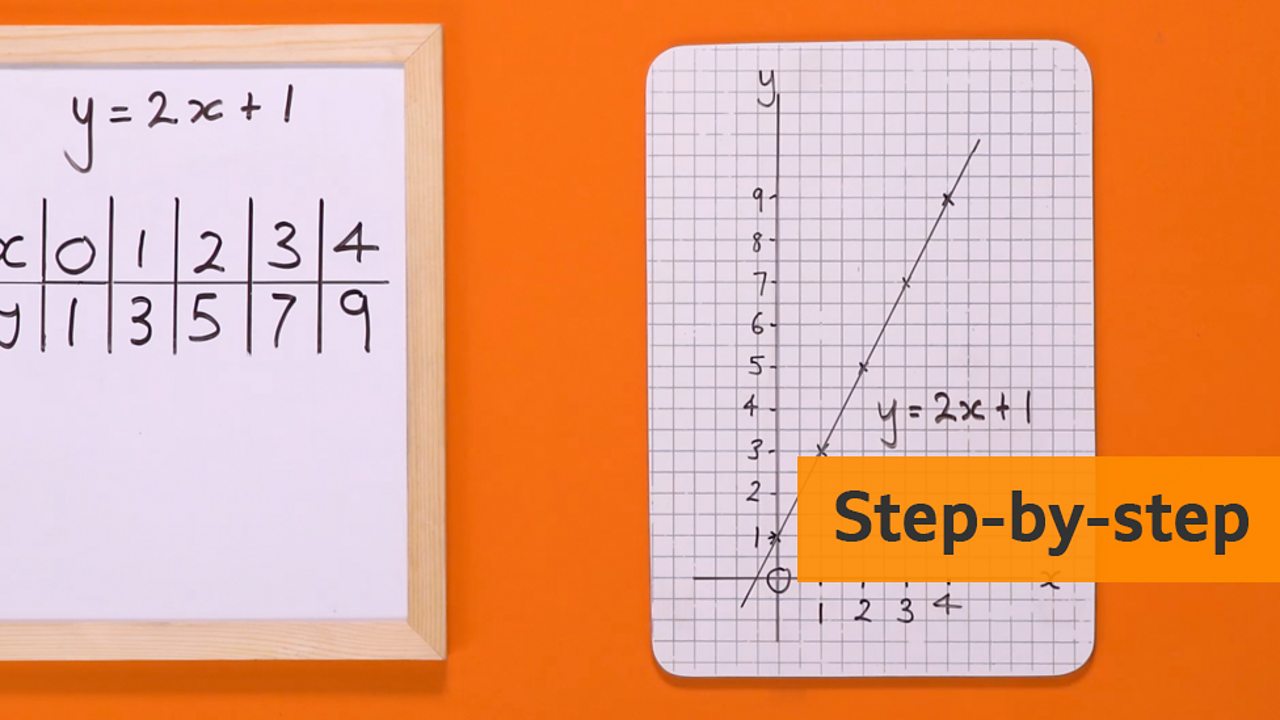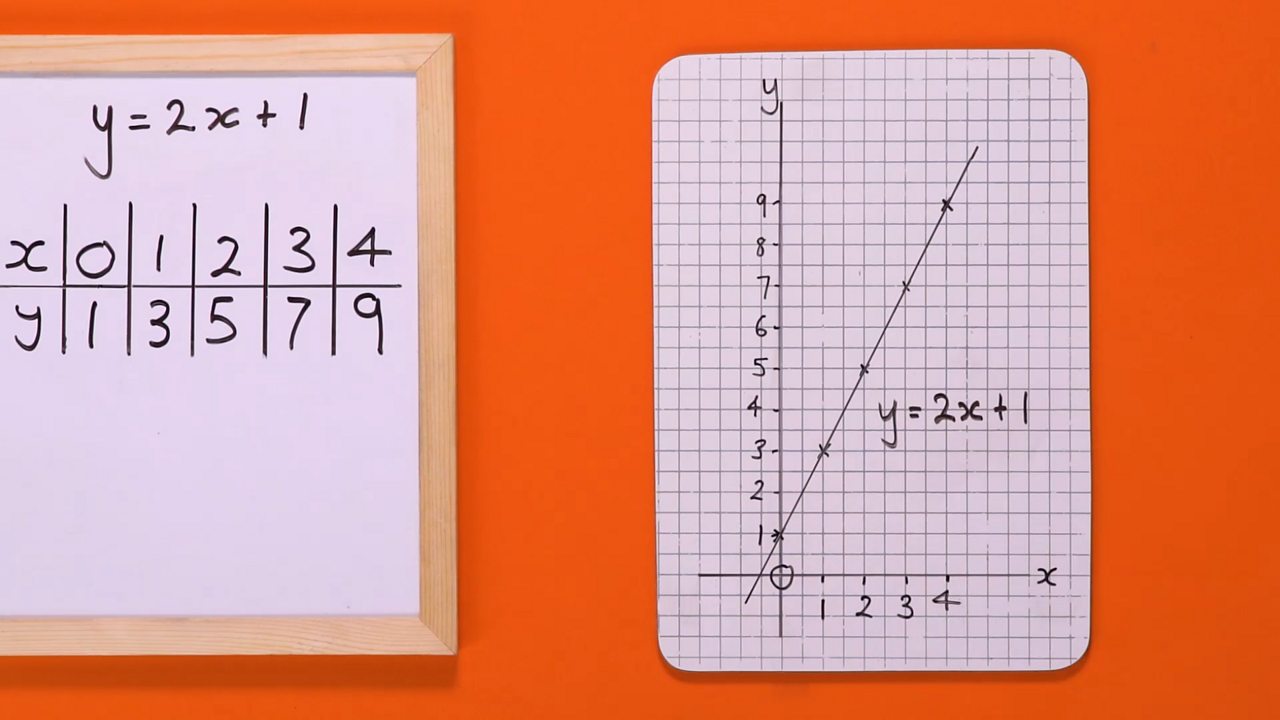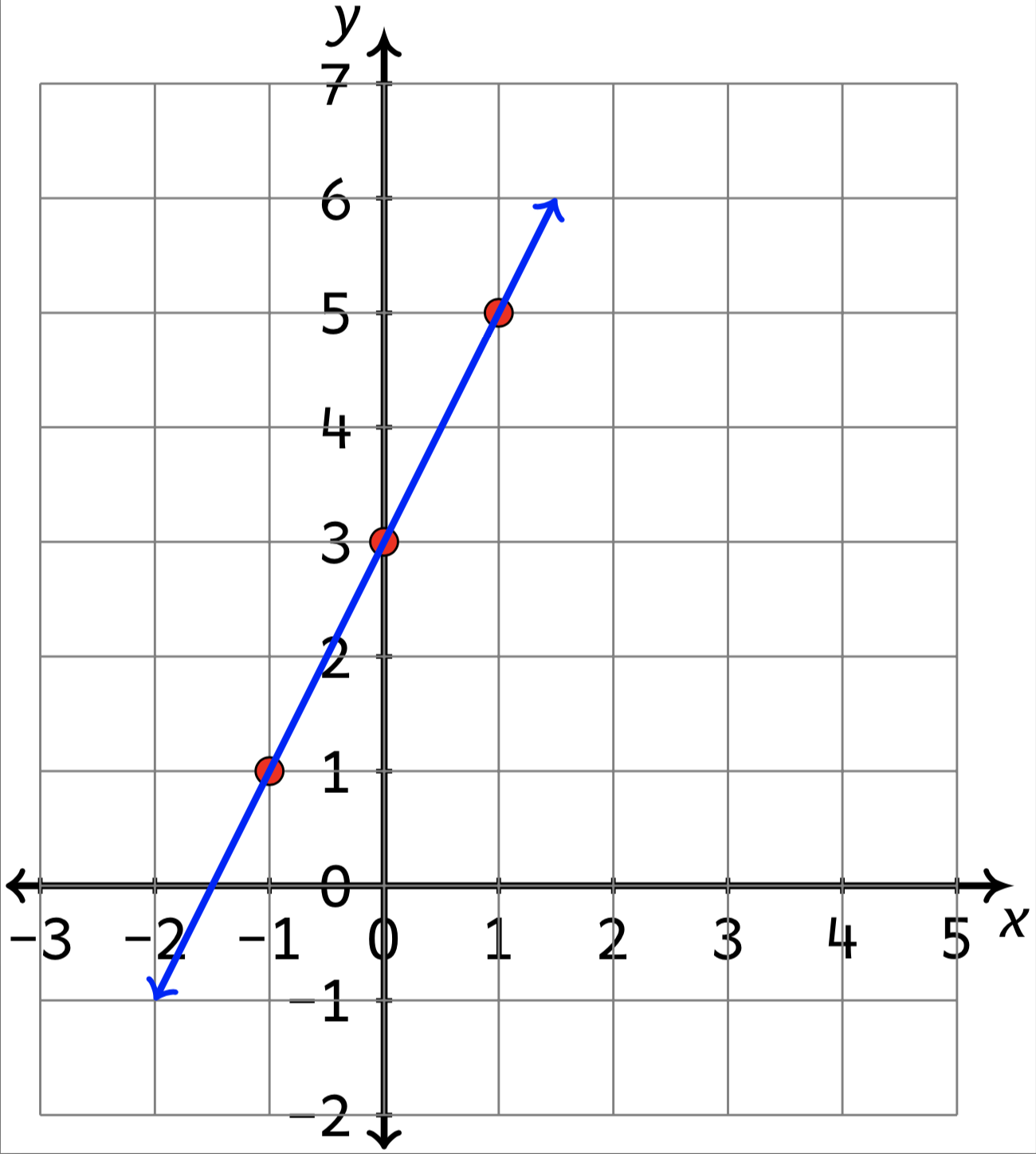Ideal Tips About How To Draw A Linear Graph Free Supply And Demand Maker
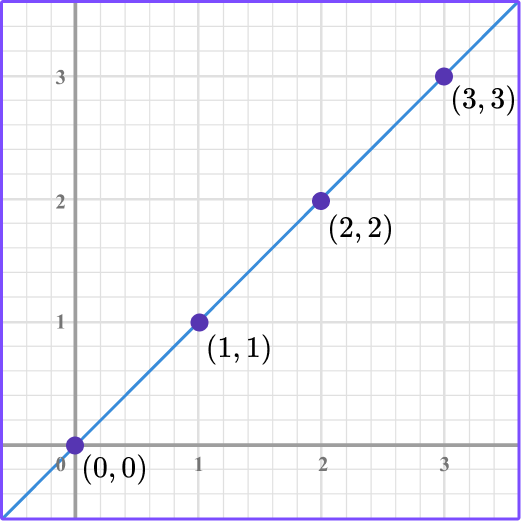
How to draw a graph of a linear equation.
How to draw a linear graph. Graphing a linear equation means finding points for the equation, drawing a neat axis system, plotting those points, lining a ruler up against them, and drawing the straight line. That's really all there is to it. A linear equation is represented as a line graph.
Use the power of algebra to understand and interpret points and lines (something we typically do in geometry). Here you will learn about straight line graphs including how to draw straight lines graphs in the form y=mx+b, using a table and from a pair of. Learn how to read x and y coordinates from a graph in this bbc bitesize maths ks3 guide.
Plot the points on a. (a) draw y = x + 1 and y = 2x − 1 on the same set of axes. \textbf {x} x coordinate into the equation of a straight line.
( x 1 , y 1 ) and ( x 2 , y 2 ) , plotting these two points, and drawing the line connecting them. They are a bunch of ways to graph linear equations. Created by sal khan and monterey institute.
Revise how to plot a linear equation graph. Each pair of values become a set of coordinates (x,y). Organize them in a table.
Graph functions, plot points, visualize algebraic equations, add sliders, animate graphs, and more. (b) where do the two graphs intersect? In order to draw the line graph we require several pairs of coordinates.
What we'll do in this video is the most basic way. Graph a linear equation by plotting points. We can use a table of values to draw a graph.
Here you will learn about plotting linear graphs, interpreting linear graphs, and determining whether they represent proportional relationships. Next, convert the m value into a fraction if it's not already by placing it over 1. Let the line be pq.
If you know an equation is linear, you can graph it by finding any two solutions. \textbf {y} y coordinates onto the axes. Explore math with our beautiful, free online graphing calculator.
(a) draw y = 3x − 4 (b) draw x + y = 2 the graph y =. This can help you find sooooo many stuff like the instantaneous velocity, etc, etc,!, using integral calculus (closely inked to differential calculus), you can find the. It is observed that all the four points are lying on the same line pq.




